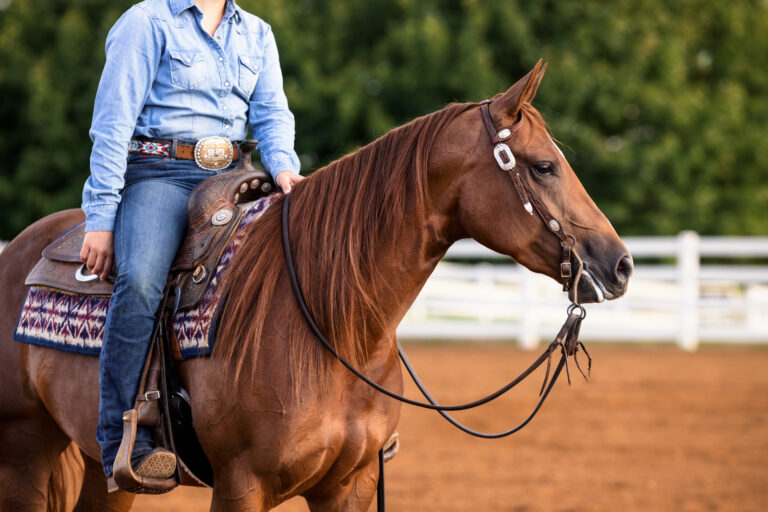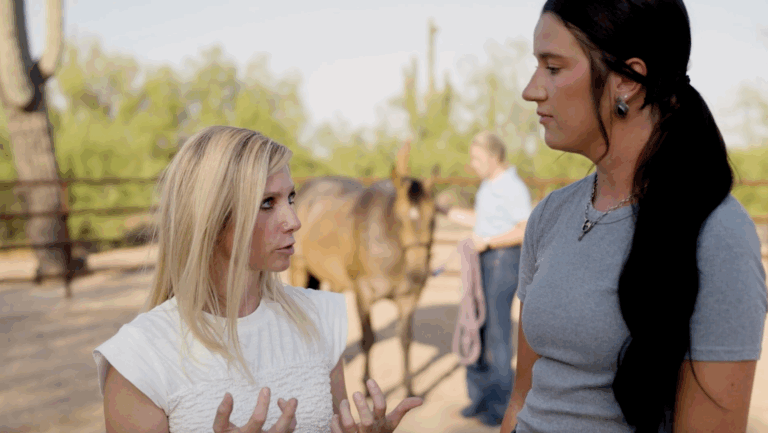
In recent years, performance horse welfare has been under scrutiny, both within the industry and from the public at large. To improve equine welfare, the FEI implemented a new rule regarding noseband tightness on Jan. 1, 2025, mandating that nosebands must allow sufficient space, as determined by the FEI Measuring Device. The rule is designed to prevent competitors from overtightening nosebands to mask oral behavioral signs, which could be associated with painful oral lesions.
Study on Oral Lesions in Horses
Researchers in Denmark recently conducted a study focused on this potential association. They aimed to determine whether upper-level competition horses with oral lesions exhibit more pain-related behaviors than those without lesions. According to the study authors, tissues in the mouth are highly innervated with sensory receptors such that bit contact can cause oral lesions and further exacerbate discomfort from continuing and repeated contact with those lesions.
The study included 11 warmblood horses competing at the upper national level in dressage. Danish rules proclaim that abrasion of the skin and/or mucosa, with or without bleeding, at the lip commissures or bars qualifies that horse for elimination. A link has been identified between abrasion/ulcers and bit use. Usually, horses are inspected for oral abrasions prior to the competition ride so the horse can be eliminated before more pain is inflicted. In this study, the researchers were permitted to inspect the horses following their tests.
Following the in-person inspections, a blinded, experienced observer repeatedly reviewed official video recordings from the competition without any information about the oral inspections. During each review, the observer watched for a single behavior over a 5.5-minute dressage test. The horses’ mouths were only visible half the time in the recordings due to camera position.
Study Findings
Of the 11 horses, five had skin and/or mucosal abrasions on one or both lip commissures and were eliminated from that dressage test and any further tests at that venue. The authors noted that oral lesions are tissue damage “consistent with pressure wounds developed over time.”
Each of the 11 horses opened their mouths between five and 59 times. Horses with lesions opened their mouths more frequently than horses without them (approximately 35 times versus 12 times). Other behaviors, such as tail swishing, undesired gait changes, and head movements, were not significantly different between the two groups. It is noteworthy that competition scoring often does not penalize a horse for subtle behavioral signs of pain, discomfort, or frustration.
A previous study in 2024 found a correlation between a narrow head, a horse ridden with the nasal plane behind the vertical, and the presence of unusual oral behaviors. This suggests certain riding methods increase the incidence of oral lesions. Opening of the mouth might be a horse’s effort to redistribute pressure on painful areas in the mouth. The ability to open the mouth also depends on noseband tightness—too tight restricts the horse’s ability to move its temporomandibular joint. Tight nosebands are associated with an increased frequency of oral lesions.
Final Thoughts
The authors concluded, “To protect the welfare of sport horses, riders, trainers, and competition judges should be aware of behavioral signs of discomfort and pain, and performance scores at competitions should reflect this.” It is important for veterinarians to recognize that oral lesions could interfere with performance. Mouth examination can be an effective part of a work-up for poor performance complaints.
Reference
Winther Christensen J and Uldahl M. Oral behavior during riding is associated with oral lesions in dressage horses – A field study. Applied Animal Behavior 2024, vol. 279; DOI: 10.1016/j.applanim.2024.106396
Related Reading
- Impact of Bridle and Bit Fitting on Equine Performance
- Important Elements of Saddle Fit Veterinarians Should Know
- Approach to Horses with Poor Performance
Stay in the know! Sign up for EquiManagement’s FREE weekly newsletters to get the latest equine research, disease alerts, and vet practice updates delivered straight to your inbox.




